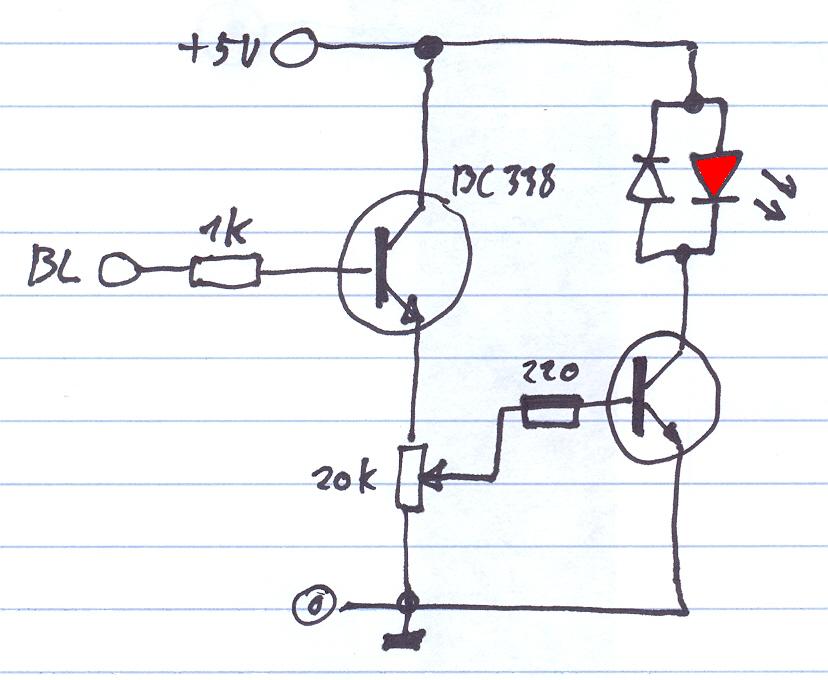- Joined
- Jan 12, 2008
- Messages
- 3,290
- Points
- 83
I want to make some sort of blanking for my RGV. What if I put a transistor across the laser diode so the current goes thought the transistor when I want to turn the beam off? Would this work for PWM? Is there any risk for spiking?










